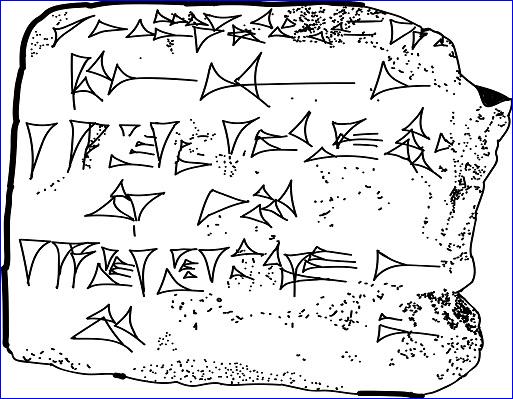


Auroral records found in historical archives and cosmogenic isotopes found in natural archives have served as sound proxies of coronal mass ejections (CMEs) and solar energetic particles (SEPs), respectively, for dates prior to the onset of telescopic sunspot observations in 1610. These space weather events constitute a significant threat to a modern civilization, because of its increasing dependency on an electronic infrastructure. Recent studies have identified multiple extreme space weather events derived from solar energetic particles (SEPs) in natural archives, such as the event in 660 BC.While the level of solar activity around 660 BC is of great interest, this had not been within the coverage of the hitherto-known datable auroral records in historical documents that extend back to the 6th century BC. Therefore, we have examined Assyrian astrological reports in the 8th and 7th centuries BC, identified three observational reports of candidate aurorae, and dated these reports to approximately 680 BC -- 650 BC. The
Assyrian cuneiform tablets let us extend the history of auroral records and solar activity by a century. These cuneiform reports are considered to be the earliest datable records of candidate aurorae and they support the concept of enhanced solar activity suggested by the cosmogenic isotopes from natural archives.
The full paper is here: The Earliest Candidates of Auroral Observations in Assyrian Astrological Reports

or register to post a comment.